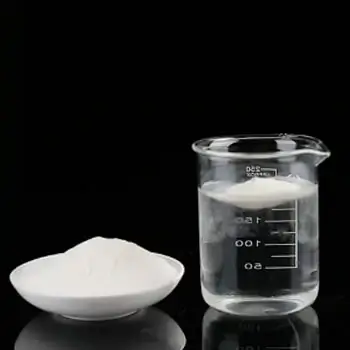
Surface-Treated VS Non-Surface-Treated HPMC for Building Materials
Non-Surface-Treated HPMC
The non-surface treated HPMC powder is highly soluble in water, making it easy to form lumps directly in cold water, such as MK75P or MK200P. To avoid this issue, the powder should be added to hot water (above 90 degrees) and stirred until dissolved. Once dissolved, it can be allowed to cool down gradually while stirring to avoid lumping. However, the good news is that the non-surface treated powder is ideal for dry-mixing applications because the powder is evenly distributed in the final product. This means that lumping is not a concern when using this type of HPMC in dry-mixing applications.

Surface-Treated HPMC
The surface-treated HPMC powder is specifically developed to prevent lumping in wet-blending applications such as paints and emulsion-based ones. Unlike the non-surface treated HPMC powder, it doesn’t require hot water to dissolve without lumps, such as MK100PS or MK200PS. This type of HPMC can be mixed directly into cold water, and continuous stirring leads to a complete viscosity solution over time. Therefore, the surface-treated HPMC powder is the ideal option for builders who want to mix their products with cold water directly.
What are the benefits of using HPMC in building materials?
There are several benefits to using HPMC in your construction products as an additive. Firstly, HPMC acts as a water-retention agent that helps prevent premature drying, improving the product’s overall strength. Secondly, it enhances the adhesion of the material to the substrate, making the final product more durable. Finally, HPMC helps to achieve consistent and uniform thickness in products such as tile adhesives, which are used for flooring or backing.
Conclusion:
In conclusion, HPMC is a vital additive for building materials that come in both surface-treated and non-surface-treated powder. When working with non-surface-treated HPMC powder, it’s best to dissolve it in hot water to prevent lumping, while surface-treated HPMC powder is highly soluble in cold water, making it the perfect choice for those who mix their products with cold water directly. The choice between the two must be made based on the specific requirement of the application, i.e., whether it is a dry-mixing or wet-blending application. This knowledge allows users to make informed decisions when choosing HPMC powder and maximize its benefits. Visit MEIKAI to learn more about the HPMC powders we offer to help you create a strong, durable, and high-performing product.
For more information, product TDS, COA, SDS, and free samples





